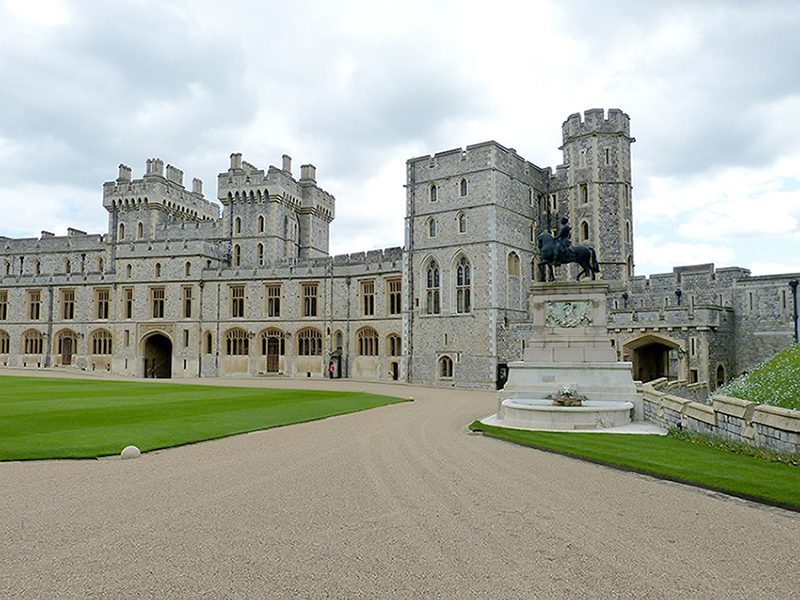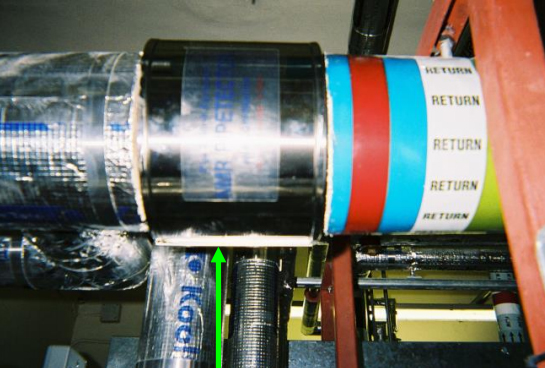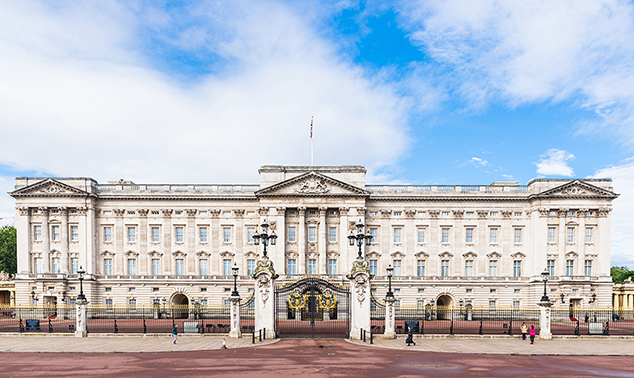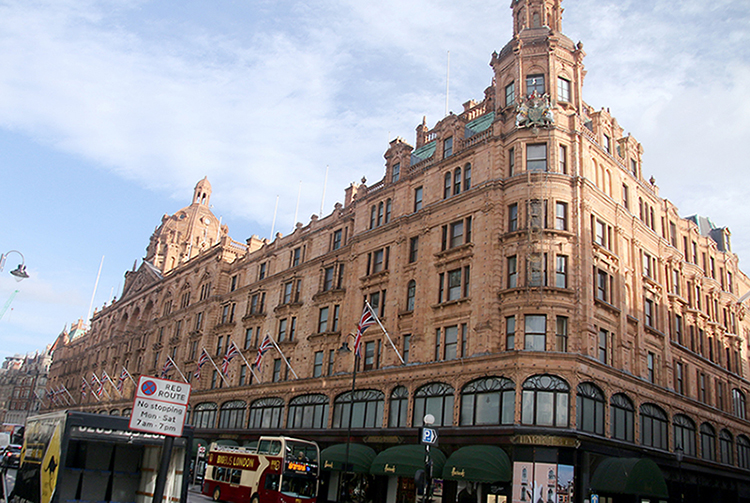Pipetector preserving Buckingham Palace’s water steel pipes
We want to share how we made it to Buckingham Palace.
First, the UK’s largest and most historic luxury department store, Harrods, sought a measure against red rust issues in its galvanized steel hot water pipes. The store installed Pipetector on Mar. 31, 2006, at an urgent request of department executives because discolored water had been appearing in the hotel’s guest rooms.
After a month and a half, no red rust was seen from the piping. It indicates Pipetector completely reduced the existing red rust to magnetite in the tubing.

Department owners were so satisfied by the outcome that they introduced Pipetector to Windsor Castle in London. At the time, Windsor Castle had red rust problems in its hot water steel pipe supplying the water to the Queen’s Tower, where Her Majesty Queen Elizabeth Ⅱ stays every weekend.
On November 27, 2006, the castle installed Pipetector to test its effectiveness against red rust corrosion. The hot water at Room No.107 showed a level of iron-ion at 3.32 mg/ℓ before installation and was reddish-brown. However, after 42 days, the figure went down to 0.007 mg/ℓ, much lower than the British standard for drinking water quality set at 0.2 mg/ℓ. The color also became transparent, proving the effectiveness of Pipetector in preventing the issues.
Confirming the result, the Windsor Castle maintenance manager then requested another Pipetector installation at Buckingham Palace for the queen since discolored water was also observed. On January 12, 2007, the parliament adopted Pipetector on one of its six air-conditioning hot water steel pipe systems that supply water to queen’s residential area.
The level of iron-ion was 16.6 mg/ℓ in the circulating heating water, discolored reddish-brown, prior to the installation. This indicated a severe development of red rust in the piping. After 24 days, the content sunk to 0.455 mg/ℓ, which was less than half of the air-conditioning water standard set at 1.0 mg/ℓ. The watercolor became clear as well, proving Pipetector’s effectiveness.

Iron-ion was 2.75 mg/ℓ before Pipetector installation when we sampled the hot water earliest in the morning. It was much higher than 0.2 mg/ℓ, the British water quality standard for drinking water, and was discolored reddish-brown.
After 24 days, the level dropped to 0.018 mg/ℓ, and the discoloration became clear.
Although partial renovation works have been carried out in the palace, the queen’s area is basically off-limits to anyone, including steel pipe replacement companies, for security reasons. Therefore, the palace cannot replace the pipes, and thus it still needs a way to address internal corrosion without replacing the water lines.
When it comes to Pipetector, it completely prevents red rust in water steel pipes and prolongs the lifespan of pipes until that of buildings without any replacement.


